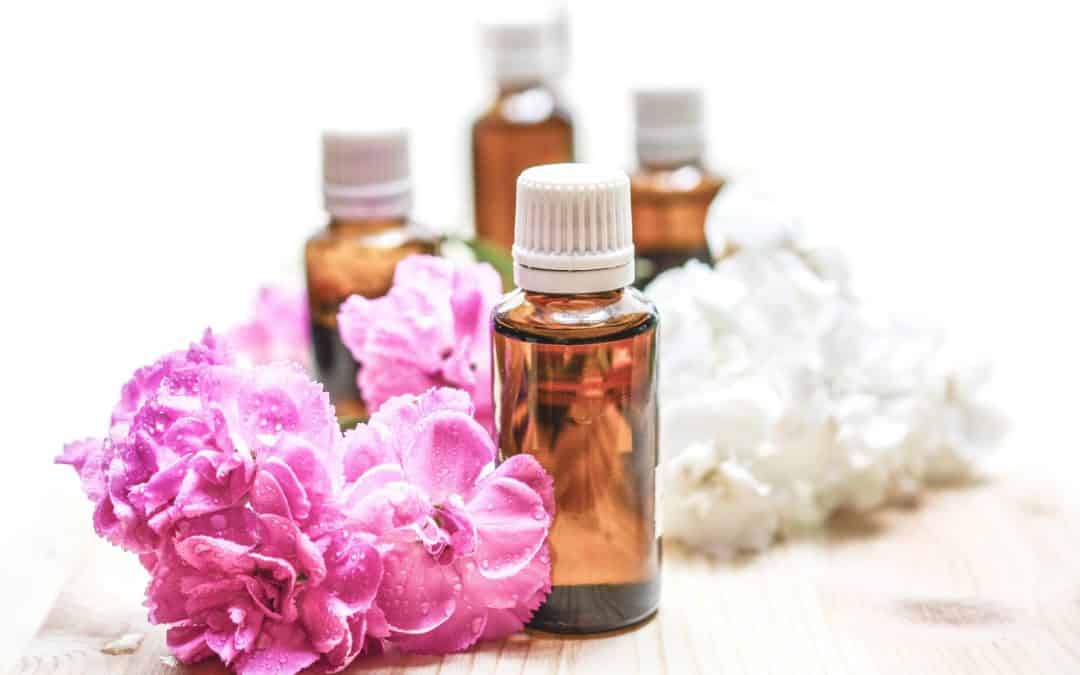A common conversation that I have with my massage or doula clients is regarding the use of essential oils at their birth. It may seem odd that a massage doula would come armed with a cautionary conversation around essential oils, but it comes with real concern over my families finding accurate and truly evidence based research.
I had a great conversation with a potential doula client a couple days ago. I used essential oils as my example of how I practice and work as a doula. Here is what I shared:
Many families confuse natural with safe. Just because something is natural doesn’t mean it is safe for you, and just because something is a good thing doesn’t mean it is good for YOU. Many women will comment with fears of an induction so they will take castor oil, get acupuncture, see me, have an adjustment with a chiropractor, and pack their bags with essential oils.
First lets address that any time we use an outside force to promote labor before allowing our bodies to physiologically move into labor on our own is an induction. What these mom’s really meant was they are trying to avoid a medicated induction.
When it comes to essential oils, it is very common to treat them as something that smells nice. It is also common to load up the birth bag with labor induction and nausea prevention options like Clary Sage and Peppermint. It is my humble opinion that essential oils should be respected as medicine. That we need to acknowledge our source for information, and that people selling oils should be viewed as “pharmaceutical reps” and not aromatherapists unless they are actually also highly trained aromatherapists.
This concern should also include East Cooper Medical using diffusers on their labor and delivery floor. The nurses are not aromatherapists and they are offering options that are contradicted in newborns.
Here is how I explain natural augmentation of labor using options like clary sage. Is there a reason to augment labor? Are we experiencing failure to wait? Is mom in a healthy labor pattern? Is the primary medical provider wanting to change the contraction pattern? If mom and baby are doing great, and mom is in an appropriate contraction pattern for her stage of labor, why would we need to introduce an essential oil? Could that oil hyper-stimulate the uterus? Could that oil put baby into distress? Maybe….It depends….most times it is probably a lesser force than pitocin, but are we trying clary sage before pitocin or are we just using clary sage because some meme or blog said it helps with contractions?
After having this conversation on the phone an article from Evidenced Based Birth showed up in my Facebook feed. – read article here
There is some really great information in the article regarding essential oils in pregnancy. It has things to think about like essential oils crossing the placenta barrier and the dose. Here is my concern. Evidence Based Birth used research to share that most women in the study liked peppermint oil for nausea during labor. They linked NAHA.org for safety guidelines with the intent for pregnancy safety.

They didn’t link NAHA.org’s recommendation for newborn and toddler safety, which includes NOT using peppermint!
They reference their safety recommendations in alignment with IFPA. Which redirected me to my favorite resource for essential oil safety, NAHA.org. What I noticed though was that the evidence was based on mother and not on baby. NAHA.org also has a warning about babies and toddlers being exposed to peppermint.
So what does this mean? If you desire to include the option of essential oils as a part of your labor and birth, consider when and how you use your oils and make sure they can be removed before baby arrives.
My birth bag does not include essential oils. I am open to families bringing their own, but I bring herbal peppermint tea instead. We can infuse honey into the tea for energy, and the tea is a clear liquid which soothes and coats empty tummies for nausea, reflux or heartburn.


